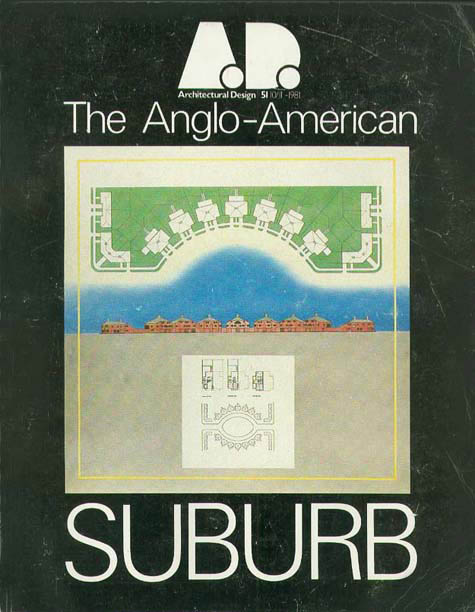Uber, the world’s largest taxi company, owns no vehicles. Facebook, the world’s most popular media owner, creates no content. Alibaba, the most valuable retailer, has no inventory. And Airbnb, the world’s largest accommodation provider, owns no real estate. Something interesting is happening.
– Tom Goodwin, The Battle Is For The Customer Interface
Continuing the article from TechCrunch:
“Since the Industrial Revolution, the world has developed complex supply chains, from designers to manufacturers, from distributors to importers, wholesalers and retailers, it’s what allowed billions of products to be made, shipped, bought and enjoyed in all corners of the world. In recent times the power of the Internet, especially the mobile phone, has unleashed a movement that’s rapidly destroying these layers and moving power to new places.
“The Internet is the most powerful mechanism we can imagine to match perfectly individuals that need something, and people with something to offer. The moment started slowly by reducing complexity and removing the middle layer in the late 1990s. From insurance to early PC makers like Dell to travel agents, this time seemed to be an age where “direct” became a desirable moniker. This time seemed to favor scale and efficiency over service or brand, for commodities like insurance cover or processing power, the overheads of sales, marketing and retail footprint were stripped away.
“By 2015 things changed. The balance of power between the different service layers is a jostle for control. Price-comparison sites first seemed to provide welcome traffic to airlines before airlines tried and failed to starve them of their business and promoted their own apps and websites as the preferred route. But it was too late. Services like Ocado once offered a symbiotic relationship with supermarkets, yet now supermarkets fear the power that such companies get when they get closer to the customer. In this age, the customer interface is everything. There are two approaches.
“Full Stack Companies
“Full stack companies like Tesla, Warby Parker, BuzzFeed, Nest or Harry’s seek to ensure control by owning all layers. From R&D to marketing, from distribution to sales, these companies do it all. It’s a great way to keep profit in the family, yet it’s harder to scale and build.
“The Interface Owners
“The new breed of companies are the fastest-growing in history. Uber, Instacart, Alibaba, Airbnb, Seamless, Twitter, WhatsApp, Facebook, Google: These companies are indescribably thin layers that sit on top of vast supply systems ( where the costs are) and interface with a huge number of people ( where the money is). There is no better business to be in. The New York Times needs to write, fact check, buy paper, print and distribute newspapers to get their ad money. Facebook provides a platform for us to write our own content, and Twitter monetizes the front page of newspapers, which happens to now be the Twitter feed.
“Our relationships are no longer with the service providers. Our mobile operators seem like dumb data pipes while WhatsApp provides the services we value and can monetize our attention.
“The Interface Is Where the Profit Is
“The interface layer is where all the value and profit is. Withings scales can cost five times than other weighing solutions because the addition of an app makes it smart health management, not just weight measurement.”



